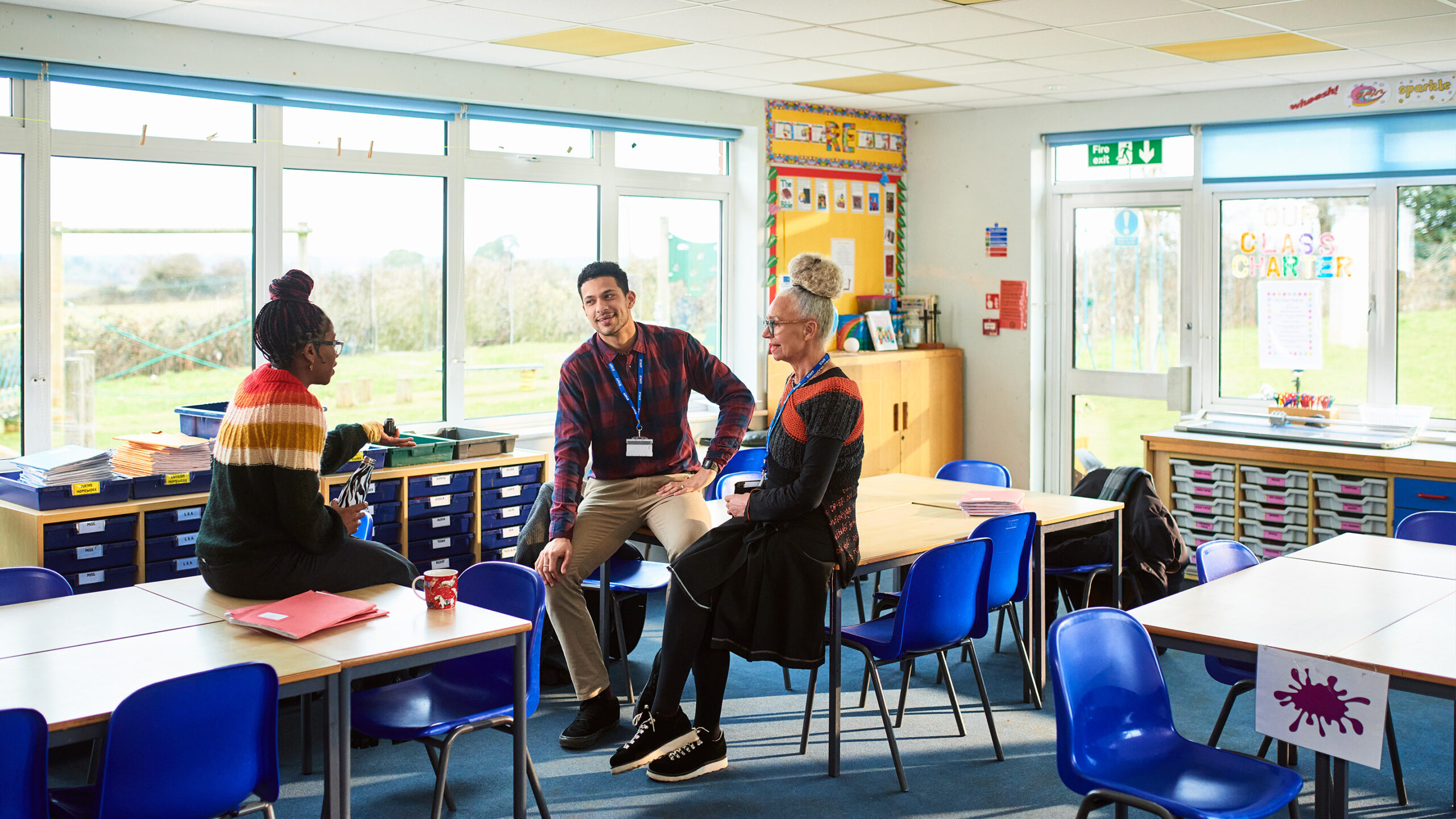During this summer, a team of students from MIT embarked on a journey to the sou …
Building strong collaboration within teaching teams
Emma Wordsmith

In order for instructional innovation to be successful, teaching teams need to aim for unity and teamwork. This involves interacting with colleagues who may have diverse viewpoints. Being cohesive means coming together to collaborate effectively on the school’s educational objectives and goals.
Creating team cohesion can be a challenge in schools where some staff members resist change. Lack of agreement among colleagues can disrupt the school culture and hinder efforts towards instructional innovation. The question often arises whether it is feasible to get everyone on board with change and the discomfort that comes with it.
Studies show that achieving group consensus is achievable but requires a deep understanding of intrinsic motivation and its influencing factors, such as collective teacher efficacy and cultural dynamics.
Fostering Collective Teacher Efficacy
The possibility of achieving team cohesion is based on researched practices that educators can implement in their school environment. Research from John Hattie emphasizes the significant impact of collective teacher efficacy on student success and school culture.
Collective teacher efficacy refers to the combined belief and drive to achieve a desired outcome. If the desired outcome is to establish a cohesive team for student success, teaching teams can work towards this goal over time through consistent practice.
Given the positive impact of collective teacher efficacy, it becomes a crucial factor in building a unified team and achieving various objectives such as providing better opportunities for students in need and enhancing reading comprehension in specific grades.
Fostering a Supportive Environment
To support cohesive teaching teams, a profound understanding of organizational culture is essential. According to Professor Kent D. Peterson, a school’s culture includes shared values, agreements, beliefs, and everyday norms that shape the school’s identity.
Considering the informal culture within a school is equally critical. Anthony Muhammad highlights the role of “fundamentalists” within the informal culture who resist change initiatives, potentially undermining the formal school culture.
Organizational experts acknowledge the presence of both formal and informal structures within any organization. The formal structure comprises the organization’s official components, while the informal structure includes covert alliances that form through interactions. These unofficial alliances often work against the formal organization’s goals, representing a challenge to productivity and longevity.
Understanding the motivations of resistant colleagues, who may hold significant power within the organization, is crucial for meaningful transformation within schools.
Understanding Resistant Colleagues
Delving into the role of perceptions and self-efficacy in shaping intrinsic motivation can provide insights into the resistance to change among colleagues. Understanding the underlying factors influencing their behavior lays the foundation for fostering team cohesion and establishing effective working agreements.
Exploring connections: Perceptions and self-efficacy. Intrinsic motivation drives individuals to engage in activities for enjoyment rather than external rewards. Perceptions encompass teachers’ beliefs and attitudes towards their roles and environment, directing their instructional decisions and classroom dynamics.
Psychologist Albert Bandura’s self-efficacy theory suggests that individuals’ confidence in their abilities significantly influences their motivation and decision-making skills. Those with higher self-efficacy levels tend to experience less stress and maintain a positive outlook.
Examining perceptions and self-efficacy beliefs through surveys can provide valuable insights into colleagues’ motivations and behaviors, aiding in understanding the resistance to change and promoting collaborative efforts for school transformation.
Through a dual perspective, teaching teams can analyze how resistant colleagues perceive their environment, roles, and the effectiveness of interventions, allowing for targeted strategies to overcome resistance and foster collaboration towards educational innovation.
Acknowledgements: Special thanks to Mickey Kosloski and Anthony Muhammad for their valuable insights on professional development and school transformation.


